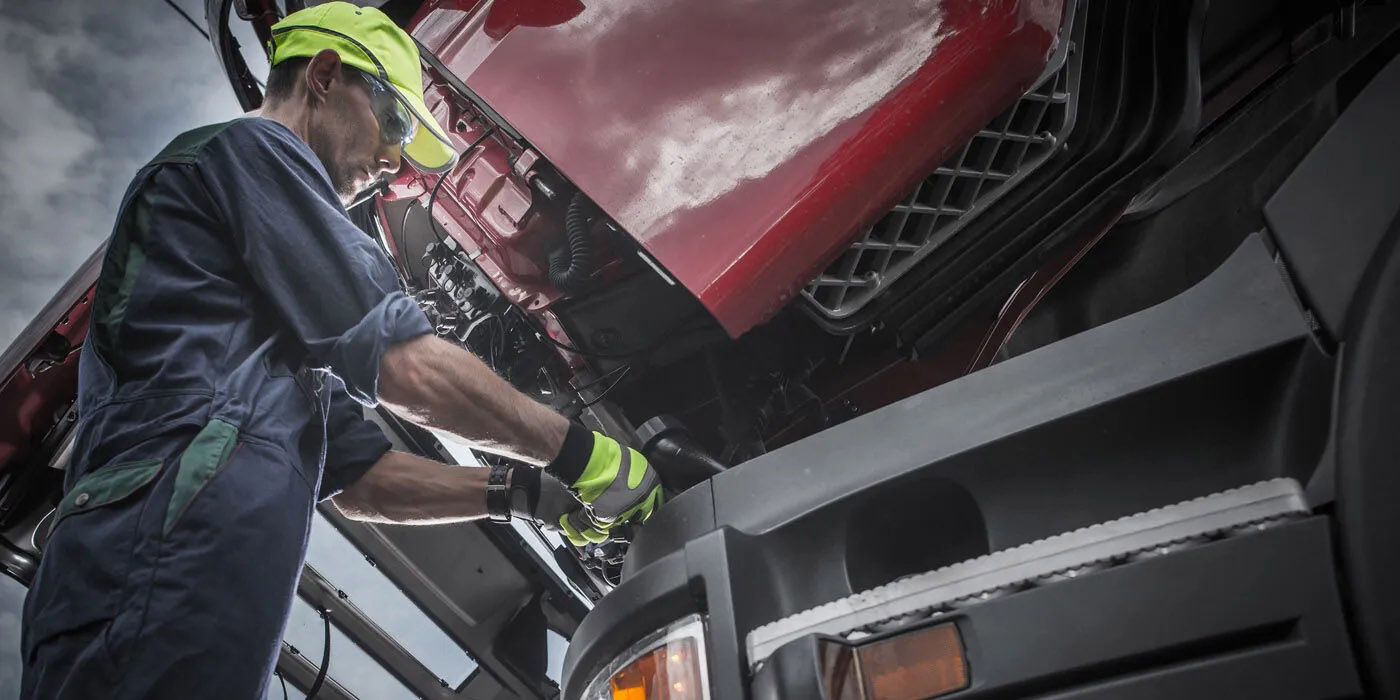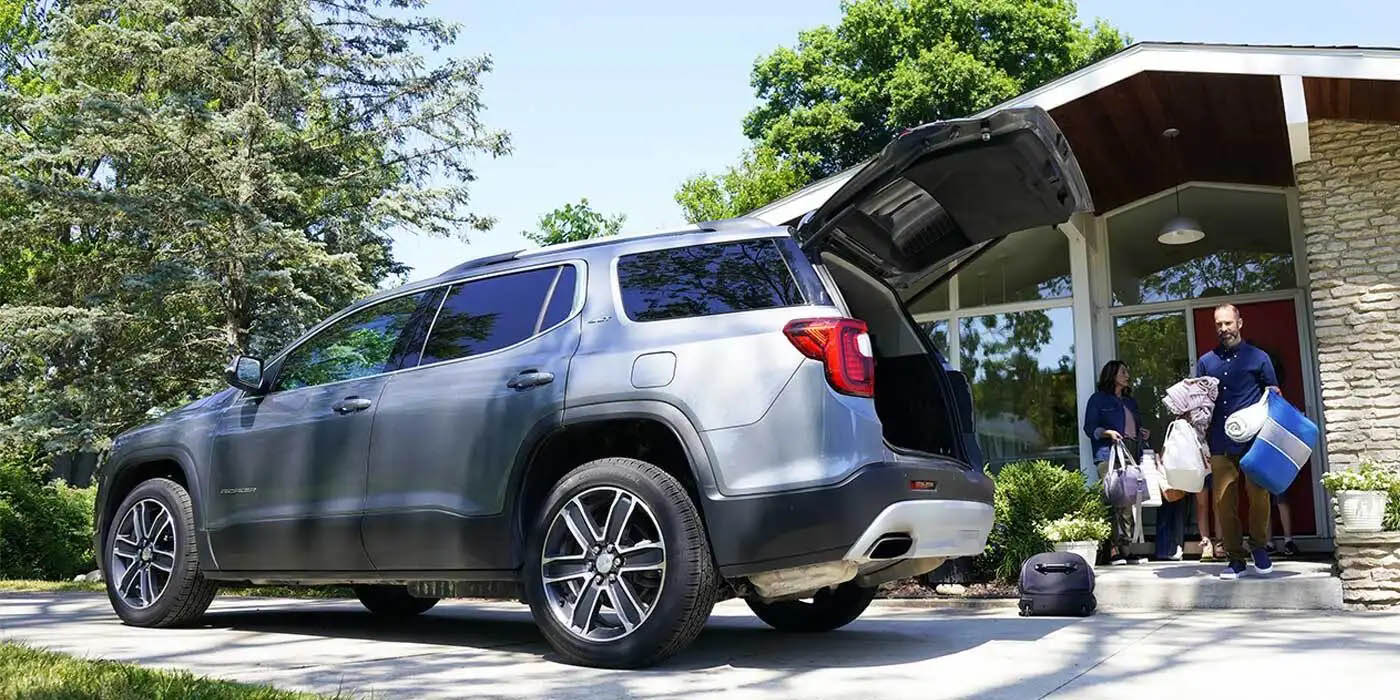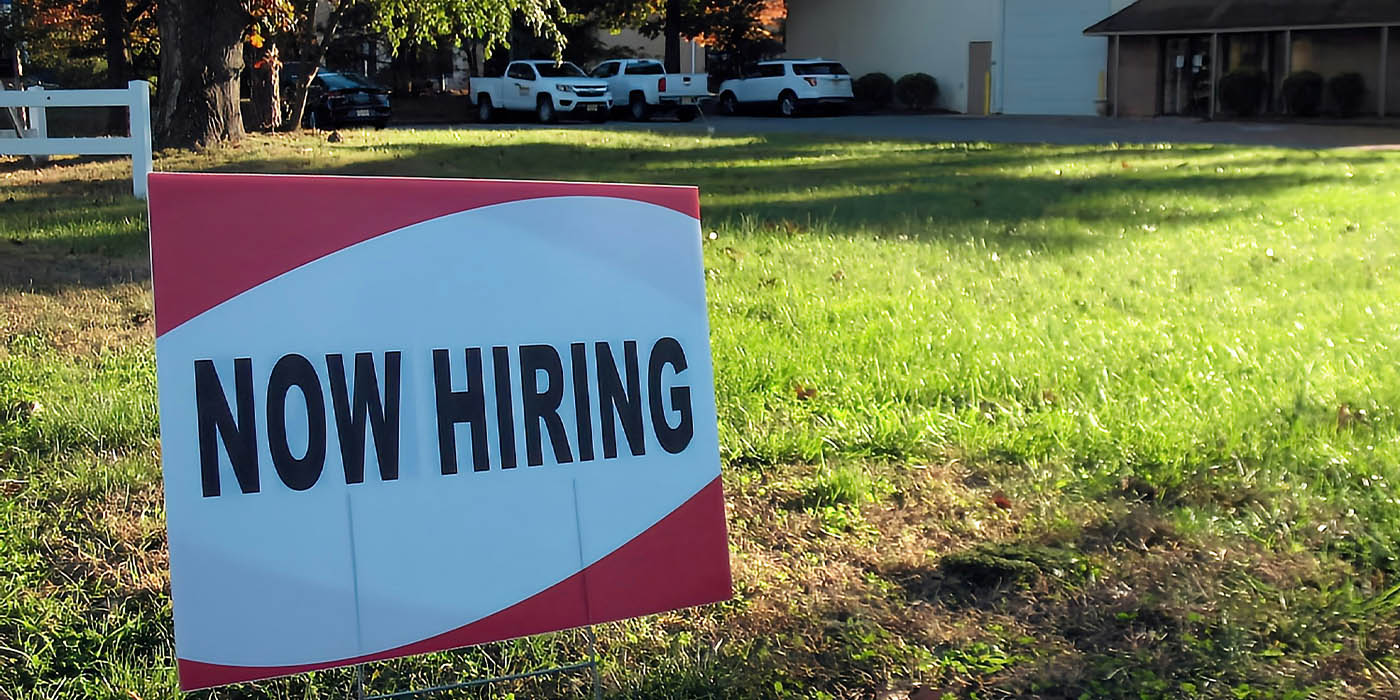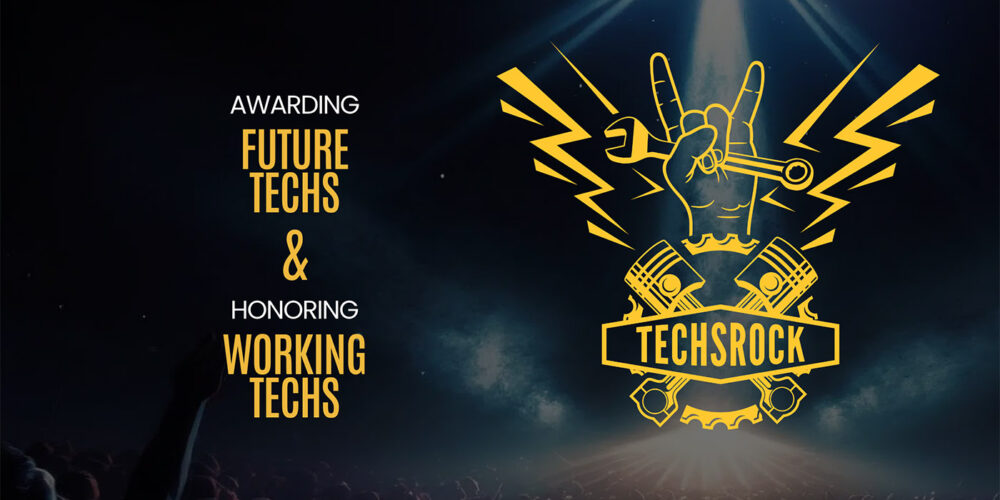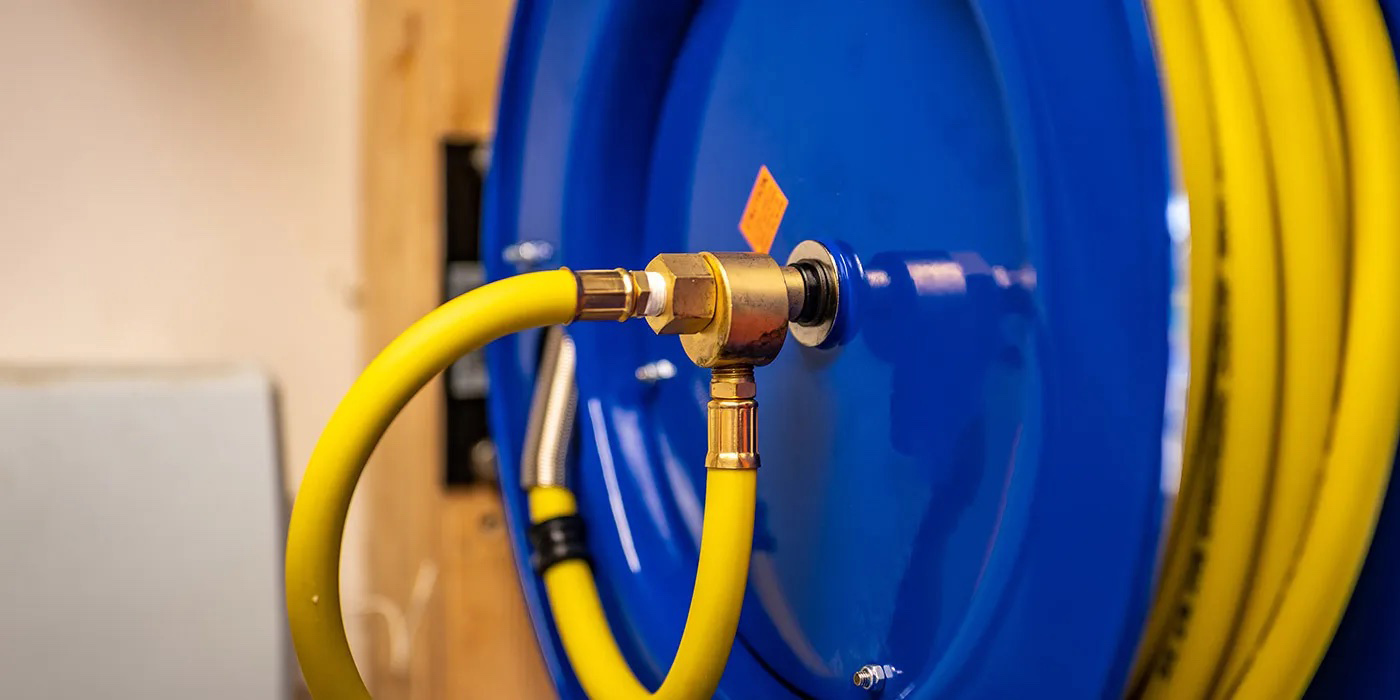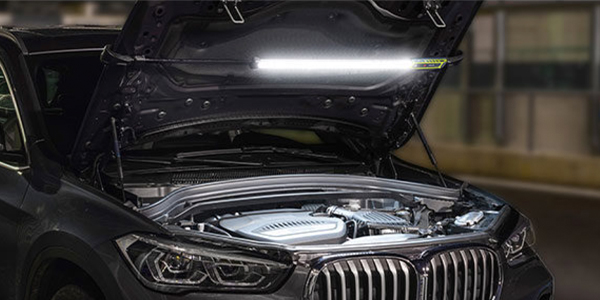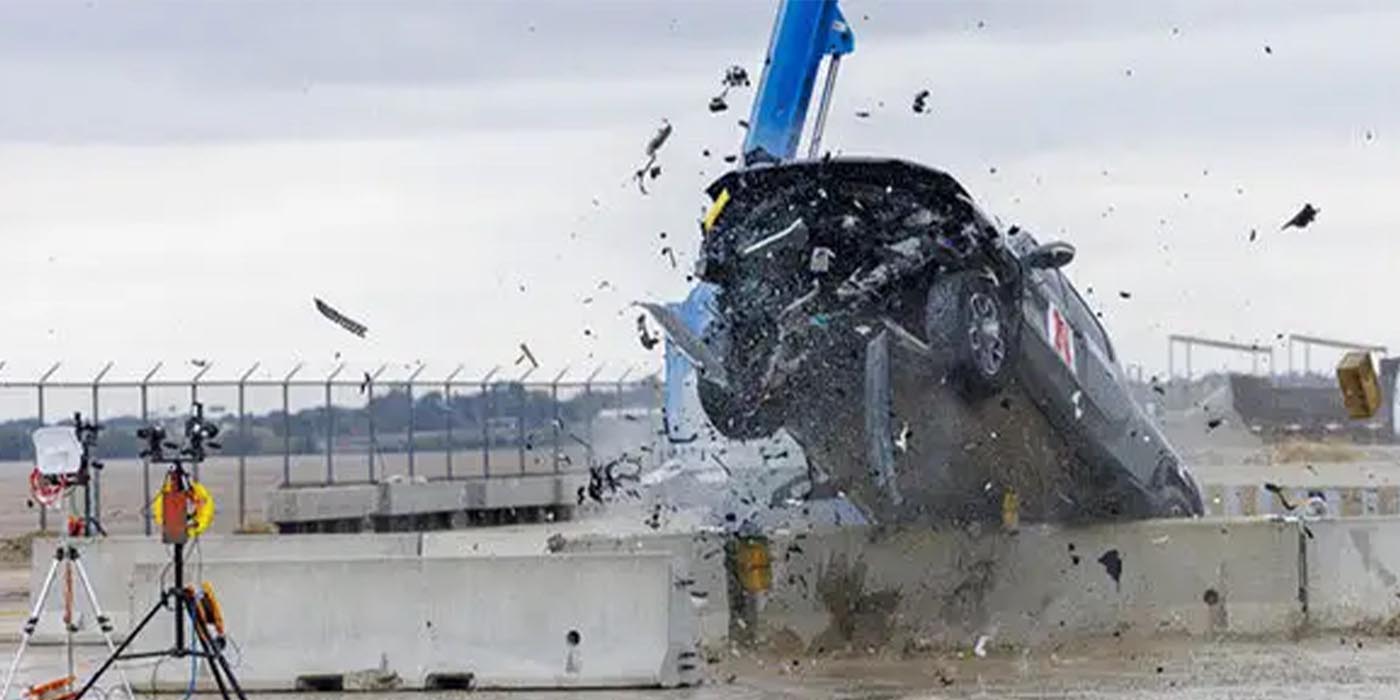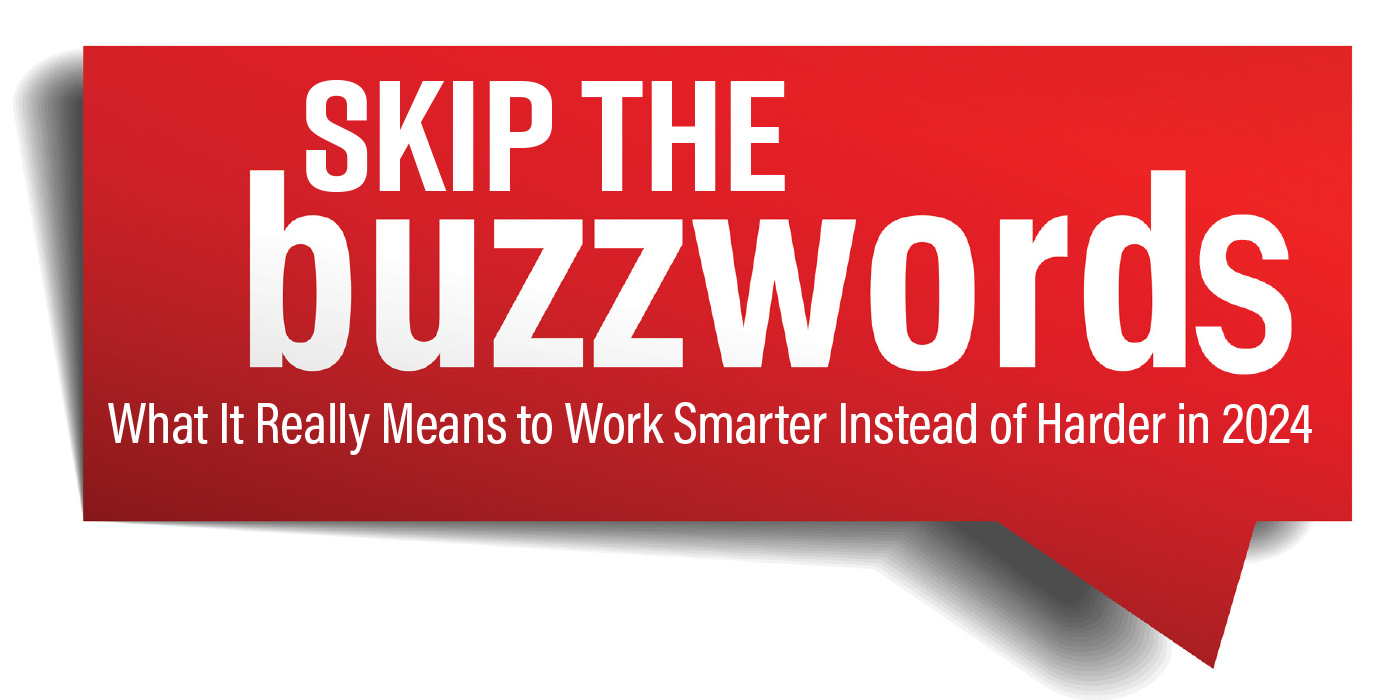As you’re reading this, the country is still in the midst of the COVID-19 pandemic. In May, unemployment was as high as it has been since the Great Depression. But many of the country’s nonessential businesses have begun opening their doors to customers, and some activities are back to business as usual – for the time being.
Throughout this situation, though, repair shops have been considered essential businesses, so many of your facilities never closed to the public. As owners, you’ve probably adjusted your policies – drastically at times – in order to take care of your employees and customers. Now that those practices have been in place, it may be time to review and update your emergency plans as necessary.
Step by Step
In light of this unexpected pandemic, it’s important to look at your health and safety plan and make changes where necessary, making sure you have a thorough grasp of each step of the process.
OSHA has identified six action items necessary to prevent and control hazards in the workplace:
Action 1: Identify Control Options
Before selecting control options, it’s important to get employee input on whether those control options make sense and will be practical and effective. In this step, your health and safety manager should collect, organize and review information with workers to determine what types of hazards may be present and which personnel may be exposed. How do workers feel about contact with customers? What are the potential risks of contact with people and vehicles? What are other shops doing that you can emulate?
Your employees are on the front lines, so listen to their suggestions and solutions based on their knowledge of your shop, equipment and work processes. This has probably changed as time has passed.
Action 2: Select Controls
Though personal protective equipment (PPE) may be your first go-to when it comes to the shop hazards you normally encounter, it actually in most cases should be the last option. As always with workplace hazards, NIOSH recommends a hierarchy of controls from top to bottom: elimination (physically remove the hazard); substitution (replace the hazard); engineering controls (isolate people from the hazard); administrative controls (change the way people work); and PPE. In other words, it is better to eliminate the hazard from the workplace rather than rely on a piece of equipment to protect your health and safety.
In the case of COVID-19, though, your hierarchy may look a little different. To stay in business, you may not be able to fully eliminate the hazard. But isolating employees, changing work practices and using PPE may come to mind. For example, having customers move their own vehicles to the repair location instead of having employees spend extra time in the car is one example of changing work practices. Closing your lobby and minimizing contact among customers and administrative employees is another example. Wearing masks and gloves is another protection measure but should not be relied upon solely to protect employees and customers. A combination of controls should be used when just one control cannot fully protect workers.
Action 3: Develop and Update a Hazard Control Plan
A hazard control plan describes how the selected controls will be put into practice. It is important to have this in writing so it can be updated and referenced as necessary. The plan lists the hazards by priority, assigns responsibility for installing and implementing controls and establishes a target completion date (meanwhile tracking progress toward that completion).
The coronavirus is not as easy to target completion, as no one knows when the country will fully recover and return to normal. In this case, it becomes more important to verify the effectiveness of the controls you’ve put in place and be flexible regarding tweaking the controls as situations change. When a change is made to the plan, make sure all staff members are informed.
Action 4: Select Controls to Protect Workers During Non-Routine Operations and Emergencies
If there is one situation we’ve encountered over the past few years that can be classified as a “non-routine emergency,” the coronavirus is it. The intent of this action item is to include provisions to protect employees during times of crisis. But obviously, no one can anticipate this type of emergency. Now that we’re in the thick of it, though, it may be more about regularly updating your emergency plan to reflect current times.
Action 5: Implement Selected Controls in the Workplace
This action is about putting the plan into practice by starting with the highest risk areas and moving to lower risk areas, especially when resources are limited. Easy and inexpensive measures should be handled promptly. Those measures may include permitting certain employees to work at home and closing down or removing seating from lobby areas.
Action 6: Follow Up to Confirm that Controls are Effective
Staying on top of the plan and tracking progress is the final step, and it is ongoing. Shop leaders should conduct regular inspections to make sure plans are being put into place correctly. Employees should be given a chance to offer feedback and additional suggestions to smooth processes. If something is not working, it is time to change the plan. As always, make sure employees are following the rules set in place, and give correction where necessary. BSB
Kyle Holt is the president of S/P2, an online safety and pollution prevention training system for the automotive, heavy-duty/diesel, welding, construction, cosmetology and culinary industries. He can be reached at [email protected].



